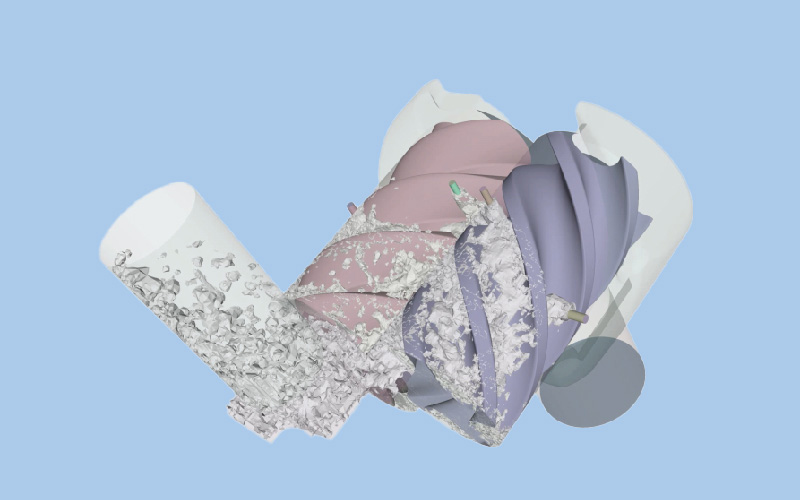
Computational Fluid Dynamics (CFD) is a branch of fluid mechanics that utilizes numerical methods and algorithms to analyze and solve problems involving fluid flow. It’s a powerful tool for engineers and scientists to simulate and understand the behaviour of fluids in various scenarios without relying solely on costly and time-consuming experimental tests.
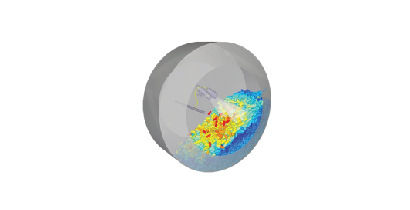
Multi-phase refers to simulations involving multiple phases of matter to account for interactions between liquids, solids and gases.

Thermal management refers to the techniques, strategies, and technologies used to control and regulate temperature levels within systems, components, or environments to optimize performance, efficiency, reliability, and safety.
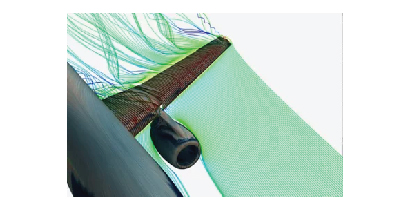
External Aerodynamics deals with airflow around external surfaces of vehicles, aircraft, buildings, and other structures.
Internal Aerodynamics focuses on airflow within ducts, pipes, engines, and HVAC systems. Computational Fluid Dynamics simulations are used to analyze aerodynamic performance, drag reduction, and airflow optimization in these applications.
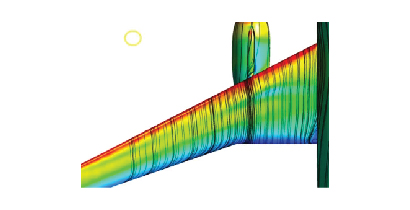
Subsonic Flow refers to fluid flow where the flow velocity is lower than the speed of sound.
It is common in aerodynamics, ventilation systems, and low-speed fluid dynamics applications. Computational Fluid Dynamics is used to study airflow patterns, pressure distributions, and lift/drag forces in subsonic flow regimes. Transonic Flow occurs when fluid flow transitions from subsonic to supersonic speeds, typically around the speed of sound. It is relevant in aerodynamics, turbo machinery, and aircraft design. CFD simulations help analyze shock waves, flow separation, and aerodynamic performance in transonic conditions.
Supersonic Flow refers to fluid flow where the flow velocity exceeds the speed of sound. It is encountered in high-speed aerodynamics, propulsion systems, and aerospace applications. Computational Fluid Dynamics simulations are used to study phenomena such as shock waves, compressibility effects, and supersonic flow behavior.
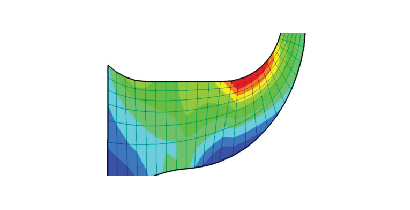
Aero-Vibro Acoustics is a multidisciplinary field that combines principles from aerodynamics, structural dynamics, and acoustics.
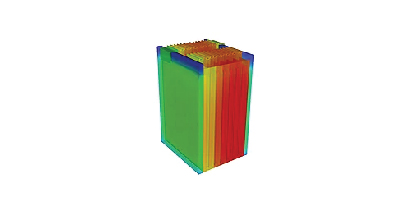
Battery Management Systems (BMS) involve the monitoring and control of batteries’ temperature, state of charge, and health.
Computational Fluid Dynamics simulations are used to analyze thermal behavior, optimize cooling strategies, and improve the overall efficiency and safety of battery systems in electric vehicles, energy storage systems, and portable electronics.
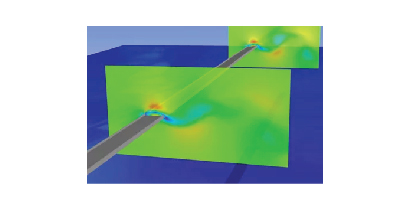
Fluid-Structure Interaction (FSI) is a multidisciplinary field that deals with the interaction between fluid flow and deformable structures to exchange.
In computational fluid dynamics (CFD), FSI simulations involve modeling the coupled behavior of fluids and structures to analyze how fluid forces affect the deformation and response of solid objects. It is important in applications such as aircraft wings, wind turbines, and biomedical devices where understanding how fluid forces affect structural behavior is essential for design optimization and performance prediction.

Developing models for flow to pass from low pressure to high pressure scenarios.
Hydraulic systems utilize fluid (typically oil or water) to transmit power and control mechanical motion. Computational Fluid Dynamics simulations are employed to model fluid flow in hydraulic circuits, analyze pressure distributions, optimize component designs and ensure efficient energy transfer and system performance.
Pumps and turbines are essential components in fluid power systems, industrial processes, and energy generation. Simulation of fluid flow through pumps (centrifugal, positive displacement) and turbines (gas, steam, hydraulic) helps to analyze performance characteristics (flow rates, pressures, and efficiencies), optimize designs for maximum efficiency, and troubleshoot issues like cavitation and flow separation.
Valves play a crucial role in regulating fluid flow, pressure, and direction in hydraulic and fluid control systems. Computational Fluid Dynamics simulations help in designing and optimizing valve geometries, analyzing flow characteristics (such as pressure drops, and flow velocities), predicting valve performance under different operating conditions, and improving control system responsiveness and stability.
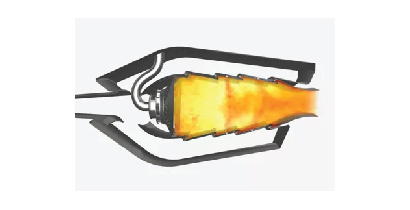
Combustion is a chemical reaction between a fuel and an oxidizer, often with the release of heat and light.
CFD simulations are used to model combustion processes in engines (internal combustion engines, gas turbines), furnaces, boilers, and industrial reactors. These simulations help optimize combustion efficiency, analyze flame characteristics, predict temperature distributions, and improve fuel consumption and emissions performance. Computational Fluid Dynamics is also utilized to model complex chemical reactions occurring in reactive flows, such as combustion, pyrolysis, gasification, and chemical reactions in reactors and industrial processes. It allows engineers and researchers to predict reaction kinetics, species concentrations, and product distributions, aiding in the design and optimization of chemical processes and reactors.
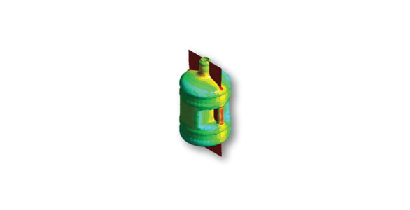
Polymer and Metal Processing involves the analysis of fluid flow, heat transfer, and material behavior during manufacturing processes such as injection molding, extrusion, casting, and metal forming.
Computational Fluid Dynamics simulations are used to model the flow of molten polymer, predict temperature distributions, optimize cooling strategies, and analyze material behavior during shaping and solidification. This helps in designing efficient molds, reducing cycle times, minimizing defects, and improving the mechanical properties of polymer products.
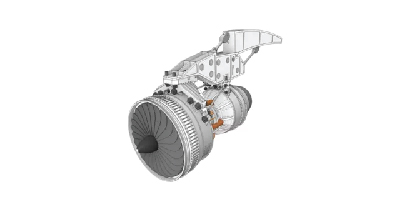
Customized Function Development refers to the creation of specialized algorithms, models, and tools within Computational Fluid Dynamics software to address specific engineering challenges or research needs.
It involves developing custom functions, user-defined features, and tailored simulation methodologies to enhance the capabilities and flexibility of CFD simulations for specific applications or industries.





